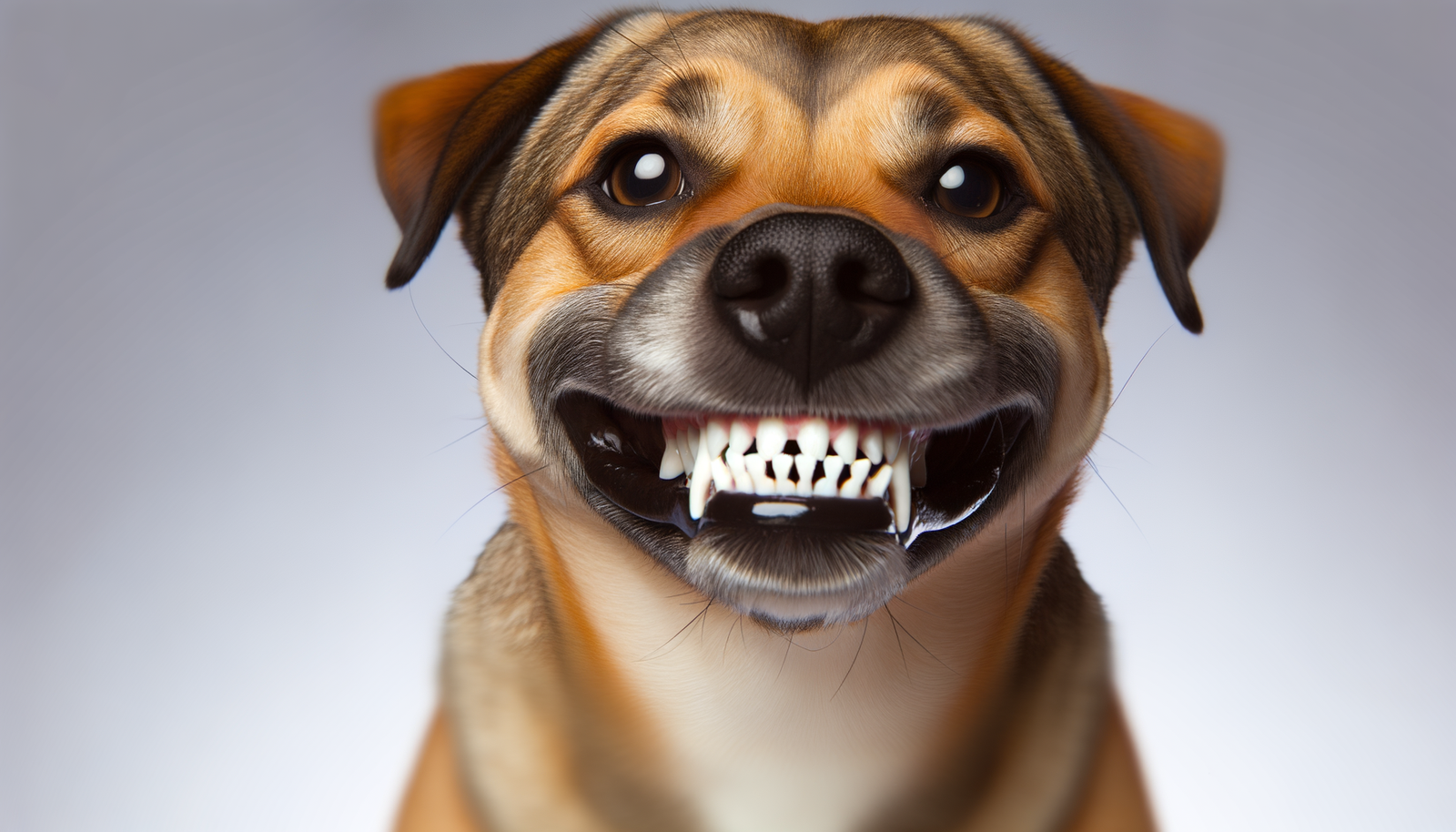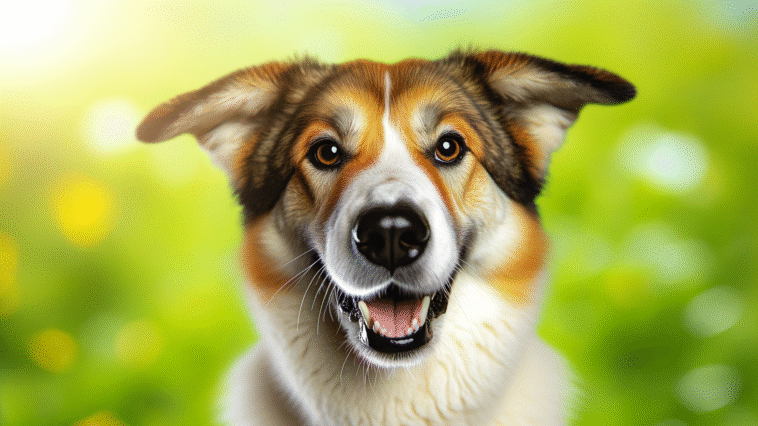Have you ever wondered what your furry friend is trying to tell you when they bare their teeth? As a seasoned dog trainer with over a decade of experience, I’ve come across various reasons why dogs show their teeth. While it’s easy to jump to conclusions and assume aggression, there’s a lot more nuance to this behavior. In this guide, I’ll delve into the different meanings behind a dog showing their teeth and provide you with actionable tips on how to decipher and handle such situations effectively.
Understanding why dogs bare their teeth can help you navigate interactions with them and strengthen your bond. You see, not all tooth displays are created equal.
In my experience, one common reason for a dog showing their teeth is fear or anxiety. Just like humans, dogs can feel scared or threatened in certain situations. Imagine a scenario where a new person approaches your dog too quickly or invades their personal space. Your dog might respond by baring their teeth as a way to communicate their discomfort and establish boundaries.
To address this behavior, I recommend giving your dog space and allowing them to retreat if they feel overwhelmed. Avoid forcing interactions and instead create positive associations by using treats or toys to build trust gradually. This approach can help your dog feel more at ease and less inclined to show their teeth out of fear.
Another reason dogs display their teeth is playfulness. Yes, you read that right! Dogs have their way of expressing excitement and enjoyment, sometimes with a big, toothy grin. It’s essential to differentiate playful tooth displays from aggressive ones to avoid misinterpreting your dog’s intentions.
If your dog is wagging their tail, making play bows, and exhibiting other playful body language alongside showing their teeth, chances are they’re just having a good time. In such cases, you can join in the fun by engaging in interactive play or offering toys for a game of tug-of-war. By understanding your dog’s cues and context, you can encourage their playful side while strengthening your bond through shared activities.
However, a dog showing their teeth can also indicate discomfort or pain. Dogs, much like us, can experience physical ailments that lead to irritability or sensitivity. For example, a toothache, injury, or underlying health issue may cause your dog to bare their teeth when touched or approached in a particular way.
If you notice your dog displaying teeth accompanied by signs of discomfort like whimpering, avoiding certain movements, or changes in appetite or behavior, it’s crucial to consult your veterinarian. A thorough physical examination can help identify any underlying health issues that may be causing your dog distress. Addressing the root cause of their discomfort can alleviate their need to show their teeth as a defense mechanism.
In addition to fear, playfulness, and discomfort, some dogs may bare their teeth as a form of communication in specific contexts. For instance, during social interactions with other dogs, a quick lip raise or teeth exposure can convey signals of submission or deference.
Understanding canine body language and context is key to interpreting these subtle cues accurately. By observing your dog’s interactions with their canine companions, you can gain valuable insights into their social behavior and strengthen your ability to communicate effectively with them.
When it comes to addressing a dog showing their teeth, it’s essential to approach the situation calmly and responsibly. Reacting with fear or aggression can escalate tension and lead to further misunderstandings. Instead, try the following tips to handle the situation effectively:
1. Stay Calm and Assess the Situation: Before reacting, take a deep breath and evaluate the context in which your dog is showing their teeth. Are there any triggers or stressors present? By remaining composed, you can better gauge the underlying cause of their behavior and respond appropriately.
2. Give Your Dog Space: If your dog is exhibiting signs of fear or discomfort, allow them to move away from the perceived threat. Creating distance can help reduce their stress levels and prevent potential conflicts. Respect your dog’s boundaries and provide them with a safe environment where they can feel secure.
3. Seek Professional Guidance: If you’re unsure about your dog’s behavior or need additional support, don’t hesitate to consult a certified dog trainer or behaviorist. These professionals can offer personalized advice and guidance based on your dog’s specific needs and help you address any underlying issues contributing to their tooth display.
By approaching a dog showing their teeth with empathy, understanding, and a willingness to learn, you can foster a harmonious relationship built on trust and mutual respect. Remember, communication is a two-way street, and by listening to your dog’s cues and responding thoughtfully, you can strengthen your bond and create a safe, nurturing environment for them to thrive.
Now, I’d love to hear from you. Have you ever encountered a situation where your dog showed their teeth? How did you handle it, and what did you learn from the experience? Share your insights in the comments below!




